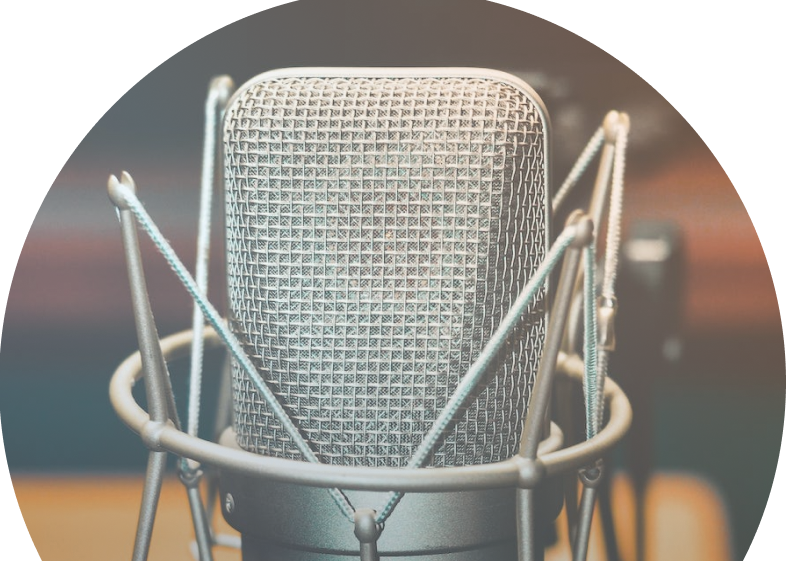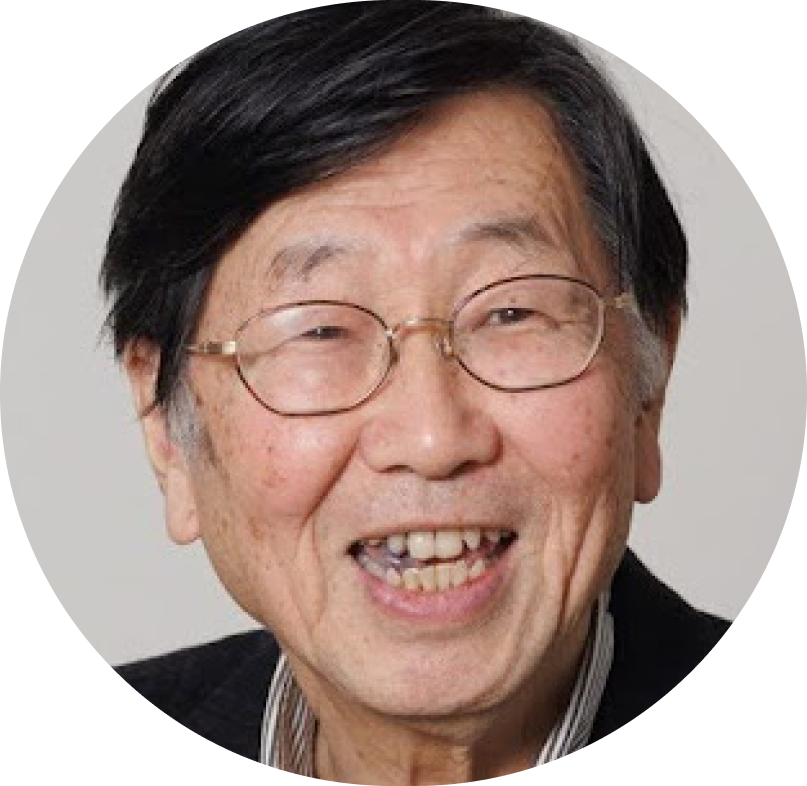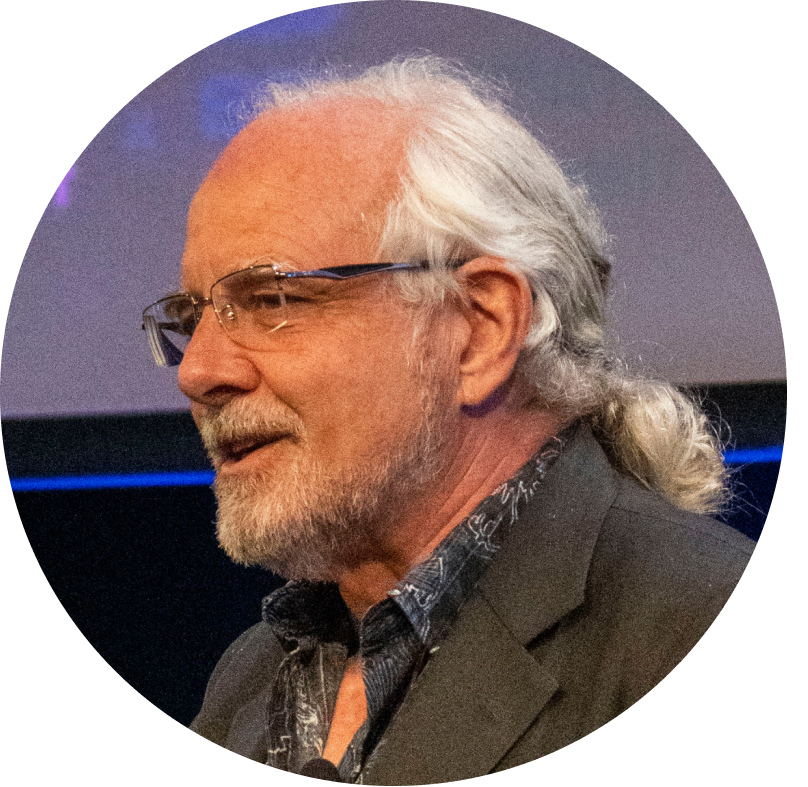Protégé : DRAFT - Oral History Archive
For over three decades, many scientists have been diligently working in the broader Solid State Fusion and LENR fields. However, many of these scientists are no longer with us, and others are retiring or slowing down the pace of their scientific research.
The SolidStateFusion.org Oral History Archive seeks to preserve the stories of these scientists and highlight their achievements as they pass the baton to the next generation through our own long-form interviews.
A B C D E F G H I J K L M N O P Q R S T U V W X Y Z
Dr. Jirohta Kasagi
“A scientist should be free to think... If something is there, then there might be a way, but if there’s not anything, then of course, there is not.”
Jirohta Kasagi, a distinguished physicist, pioneered research in nuclear physics, notably in heavy-ion nuclear reactions, spanning esteemed institutions like Tokyo Institute of Technology and Tohoku University. His career, from directing the Laboratory of Nuclear Science to ongoing research in liquid metal targets for deuteron beam experiments, exemplifies a lifelong dedication to advancing our understanding of nuclear phenomena.
4 InterviewsLawrence Forsley
"This technology can be scaled up, and will need to rapidly to address global environmental issues. However, the science must be understood for applications to develop and grow. "
Since childhood, Larry has been propelled forward as a scientist by moments of wonder and exploration. For the past decade he’s been with NASA, and he is now the Deputy Principal Investigator for Lattice Confinement Fusion and its application to deep space power. He is immersed in the solid-state fusion field, which owes its existence to pivotal instances of discovery.
3 InterviewsProfessor Francesco Celani
“Because I am a Scientist, I want to work on something never seen or even impossible according to usual experience or models.”
Francesco Celani has always stood out for his brilliance and exceptional scientific qualities. Driven by his curiosity to dig deeper, he set out to test the validity of cold fusion and was drawn to further research by the evidence he found in his experiments. Since then, he has continued to contribute to the advancement of cold fusion alongside his other contributions to the field of physics and science in general.
6 Interviews


